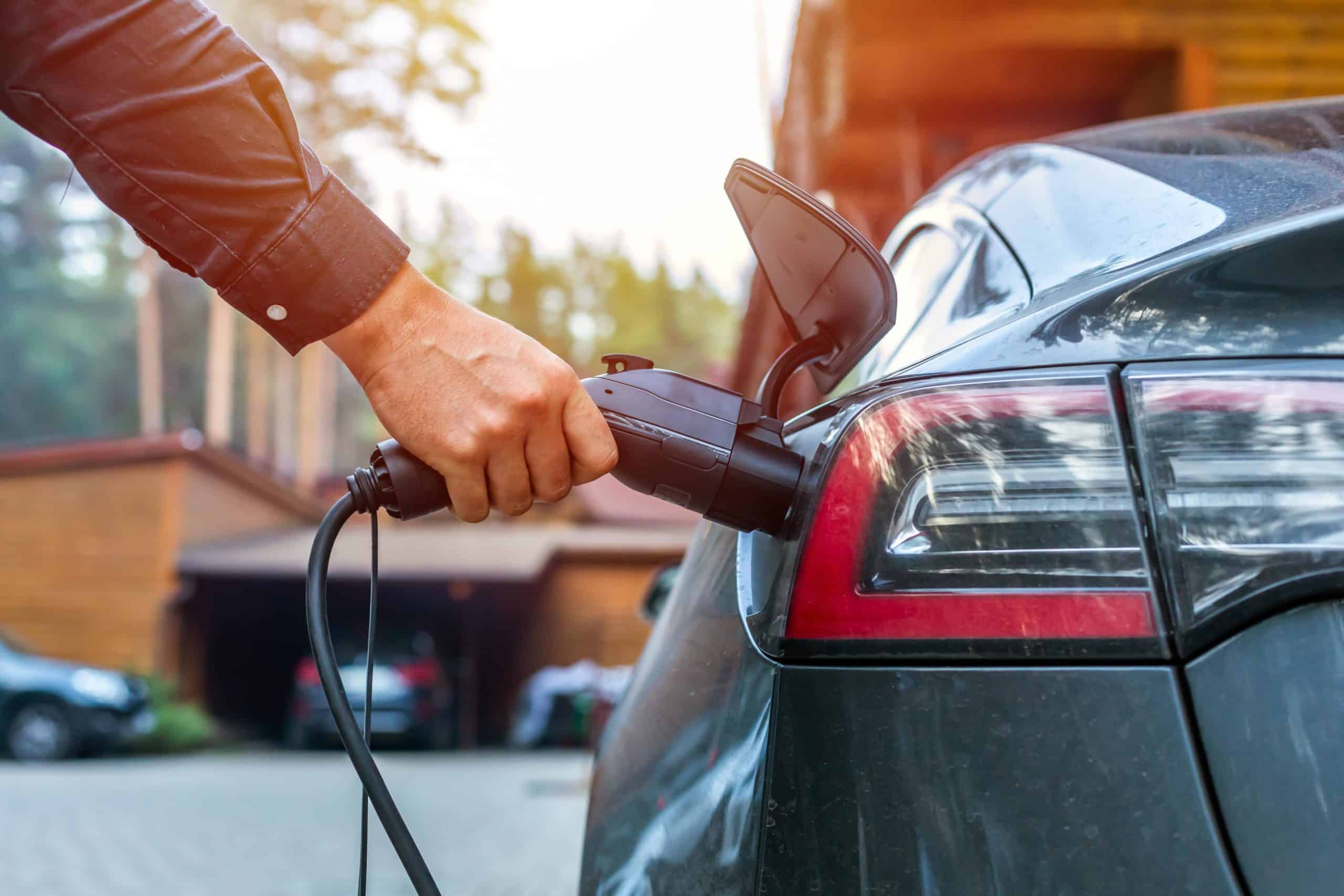- November 30, 2022
- Perspectives, Trending Topics
3 Main Takeaways from the 2022 GTR EV Charging Infrastructure Conference


Dean Apostoleris, EIT
EV Practice Lead

Tim Parker, PE
EV Practice Lead
The country is rapidly hurtling toward a more integrated future where electric vehicles (EVs) and zero-emission vehicles (ZEVs) will be the norm. As demand for EVs increases, so does the need for charging infrastructure and supporting utility access, as well as logistical challenges that both public and private entities will face. We recently attended the Global Transmission Report’s EV Charging Infrastructure Conference in New York City. Here are our top three takeaways from the conference, and how municipalities, transportation agencies, and developers can prepare to meet demand and carbon reduction goals.
New EV Infrastructure Funding Opportunities
President Biden targets 500,000 EV chargers nationwide by 2030, partially supported by the recent bipartisan Infrastructure Investment and Jobs Act (IIJA). The IIJA set aside $7.5 billion to fund infrastructure supporting electric vehicles, buses, and ferries. Nestled within this fund lies the National Electric Vehicle Infrastructure (NEVI) formula program, a $5 billion investment for strategic deployment of EV chargers. This funding will trickle down to state levels over the next five years.
Because EV infrastructure is a relatively new concept that is being fast-tracked across the country, many public agencies are facing knowledge and experience gaps when it comes to navigating funding, planning, coordination with utility providers, and deployment. All this can be overwhelming, especially when faced with mandated deadlines. Partnering with a consultant knowledgeable about federal funding, rebate programs, and subsidies accelerates the financing process. Agencies also benefit when partners educate state agencies and municipalities on EV chargers, electrified bus fleets, public outreach, and coordination with utility providers and private developers.
Evolving EV State Legislation
Following growing environmental concerns and public demand, many states are starting to pass EV sales legislation and are offering more resources aimed at regulating internal combustion. For example, by 2035 all new vehicles sold in California are required to be EVs or plug-in hybrid EVs. Similarly, in New York all new light-duty vehicles sold or leased must be zero-emission by 2035, and new medium and heavy-duty vehicles must be zero-emission by 2045. Most states now offer incentives to support zero-emission vehicles and/or EVs, further increasing demand for these vehicles.
These new state laws and incentives will have a major impact on EV infrastructure deployment over the next 20-30 years, bleeding into many infrastructure areas like EV charging, utility grid capacity, transportation planning, roadway design, etc. When embarking on EV charging projects, remember there is more to it than charger deployment alone. Here are some best practices to help avoid unforeseen challenges:
- Getting involved early-on with local municipalities, state agencies, and even communities through public engagement and education sessions.
- Identifying future changes and trends in roadway and traffic design as EVs transition to the roads in mass quantities.
- Collaborating with utility providers to assess energy grid needs and develop future goals based on the demand of EVs.
- Assisting in the design and implementation of battery storage and power generation facilities to help keep the grid resilient for the mass demand that is coming.
Emerging EV Business Challenges
There are many emerging business challenges that both small local and large national organizations will experience as the demand for EVs and EV infrastructure continues to rise. Many of these challenges revolve around education, fleet electrification and planning, maintaining cost effectiveness, power demands and utility access, and more.
In many parts of the nation, education about EVs is needed just as much as EV charging infrastructure itself. For example, many rural areas still do not see much EV presence, much less the infrastructure to support these vehicles. As state and federal funding begin to flow, and as new legislation prompts a large uptick in EV purchases over the next 10 years, municipalities and local agencies will need to educate the public on what these changes mean for their communities. This will be a great opportunity to plant seeds about the benefits of EVs, as well as set realistic expectations about how this may impact infrastructure development and power grid needs.
Local and state agencies and private businesses seeking to incorporate EVs into their day-to-day operations (both for employees and customers or constituents) will face some unique challenges as well. In particular, fleet electrification presents a unique set of holistic considerations. These involve power load additions and utility planning for the entities and/or businesses implementing an electric fleet, as well as solutions for EV charging infrastructure (e.g., adding EV chargers to parking lots and decks).
Additionally, other unique challenges may arise depending on individual business needs. For example, many companies encourage employees to take home their company vehicles; what happens when company fleets are converted to EV, and employees do not have pre-existing chargers at their residences? For delivery services, how do we implement EV chargers that will not hinder workload and productivity? What will it look like to transition a business’s parking lot to incorporate EV charging for its customers?
Every organization has its unique EV infrastructure challenges and considerations. Together, public agencies, private developers, EV charging suppliers, and consultants will design and build the infrastructure needed to support local communities and nationwide travelers.
Want to know more about how to prepare for the future of EV charging infrastructure? Contact us for help implementing these key takeaways on your next project.
About the Authors

Dean Apostoleris, EIT
Dean has spent the last 4 years supporting the growth and implementation of EV Charging Infrastructure across the north-eastern United States. Experienced in assisting and managing the design and permitting of hundreds of Level 2/DC Fast Charging Stations and supporting implementation of large fleet charging hubs, Dean has become a leader for Kimley-Horn’s EV growth, leading large-scale EV infrastructure deployment programs with a variety of clients.

Tim Parker, PE
Tim is an electrical engineer specializing in EV charging stations, power distribution, and lighting for private and public clients alike. Working with most major EV charging station suppliers in the U.S., he has managed and assisted with hundreds of Level 2 and DC Fast Charging (DCFC) stations for both existing facilities and new construction, as well as standalone charging facilities. Tim is a specialist in designing electrical infrastructure needed for EV charging stations.
